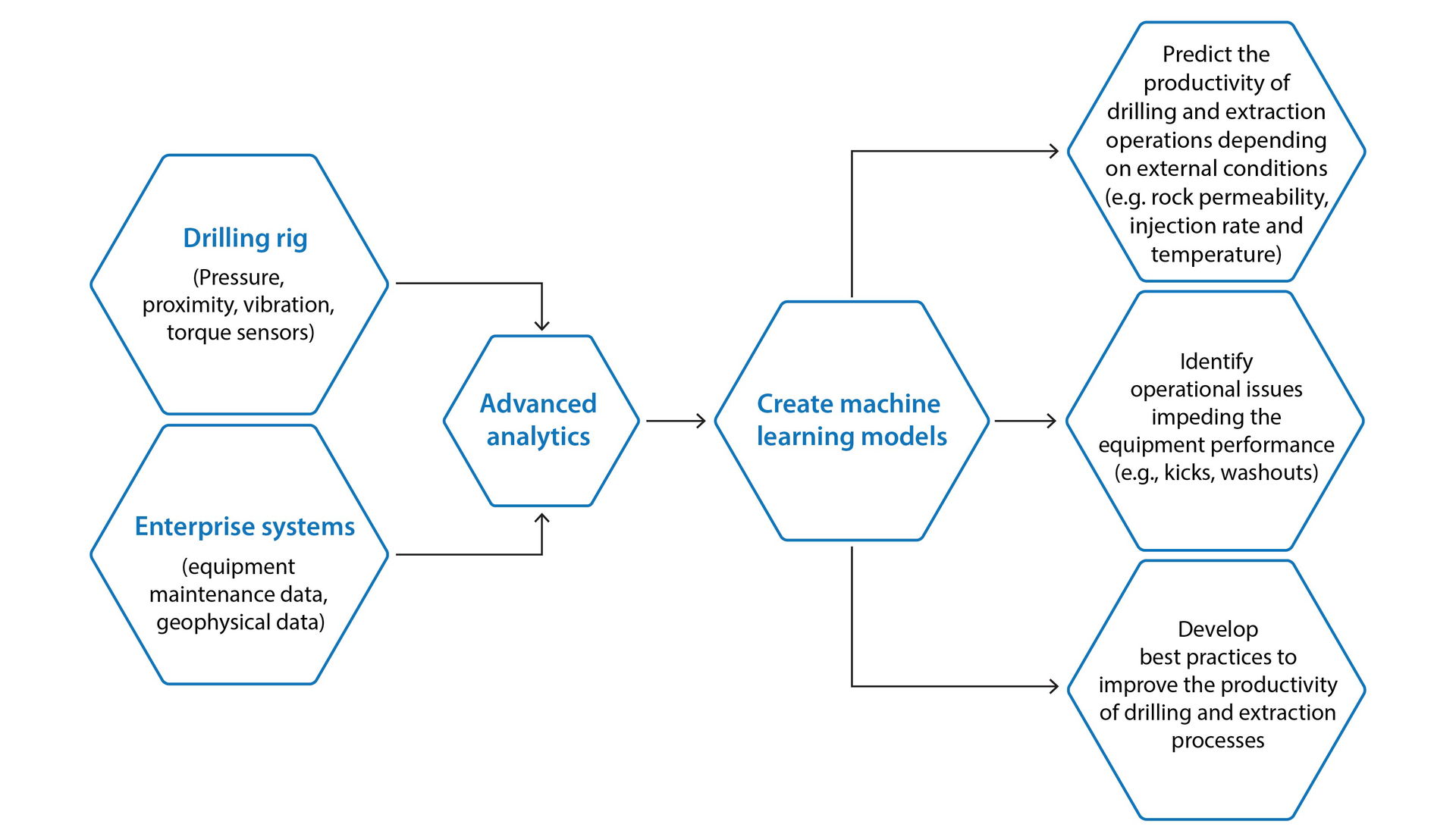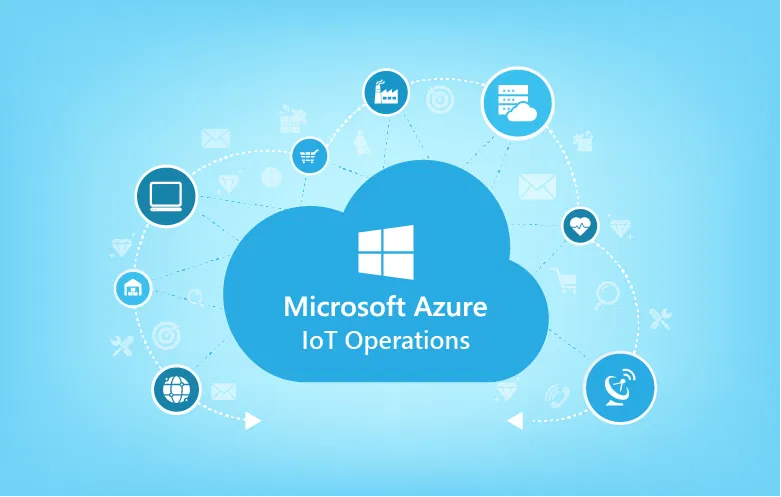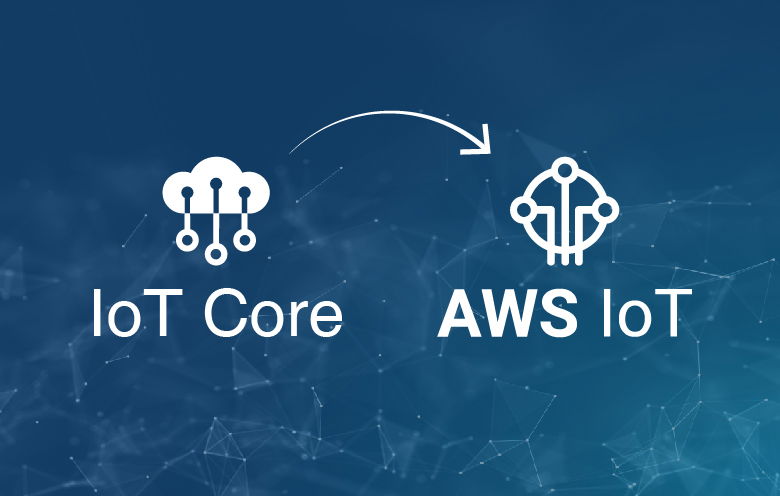The business of identifying an oil and gas source and extracting products with efficiency is filled with many challenges. If you are looking for how to track oil and natural gas leakage, how to enhance the value of existing assets with the minimum cost and how to reduce problems in drilling and extraction processes – this blog post is for you.
In this blog post, we are going to discuss how IoT solutions for oil and gas industry enable augmented functioning of an oil and gas company with:
1. Pipelines monitoring
2. Asset maintenance program
3. Drilling and extraction operations
1. Pipelines monitoring
The backbone of the oil and gas industry is a dense network of pipelines spanning over three million kilometers across the world. Whether it’s a century-old pipe or just constructed, oil and gas pipeline leakage is the main concern. However, pipelines are by far the safest way to move large quantities of petroleum and indeed the only way to transport natural gas. But it can become a serious issue when an accident occurs.
Did you know:
- On July 25, 2015, when the most catastrophic spill occurred in Line 6B of Enbridge Inc. in Marshall, Michigan, at 5:58 p.m., it went undetected by the company for almost 18 hours. By that time, around 850,000 to 1,000,000 gallons of oil spilled in the Kalamazoo River.
- On March 29, 2013, ExxonMobil’s Pegasus pipeline blew, dumping an estimated 210,000 gallons of diluted bitumen into a residential landscape of Mayflower, Arkansas.
- If methane gas is released without being burned, it has about 25 times the impact on climate change than carbon dioxide.
When atmospheric pressure is subjected to leaked gas, it poses a high danger of explosion. While an oil leakage does not pose an explosion danger, companies may lose their assets and be accountable for massive consequences.
Forget a meter-long rupture, what if you want to detect a leak as small as a pinhole? Of course, this can easily be missed by visual inspection until it becomes dangerous. The oil and gas industry, therefore, requires sensing technology capable of monitoring pressure, flow, compressor condition, temperature, density and other variables. The best part of implementing Internet of Things (IoT) technology is that even decades-old pipelines are retrofittable. The following diagram shows how IoT can monitor oil and gas pipelines.
Currently, some of the widely used sensing technologies in oil and gas pipeline leakage monitoring are:
Acoustic sensing: detects noise or vibration caused by sudden pressure drop.
Accelerometers: another type of vibro-acoustic measuring device suitable to monitor pipe-shell vibrations with low frequency.
Fiber optic sensing: senses the variety of physical and chemical properties of hydrocarbon spillage along the pipelines based on three classes of scattering, namely Raman, Rayleigh and Brillouin scattering.
Infrared thermography: detects changes in temperature in the pipeline environment using infrared cameras in the infrared range of 900–1400 nm.
Fluorescence sensing: perceives the event of hydrocarbon spillage using light sources of a specific wavelength.
2. Asset maintenance program
An asset maintenance program’s objective is straightforward: to increase the asset value and decrease unplanned downtime. It is a much-known fact that the oil and gas industry loses between 3-5% of their production to unplanned downtime. Imagine a company produces 10,000 barrels of crude oil per day and it manages to gain one percent increase in asset utilization. The payoff would be millions of dollars in additional revenue. Meeting the difficulties of unplanned downtime can, therefore, reap enormous benefits to oil and gas companies.
Let’s say you are an active company in the upstream oil and gas sector where you often drill new wells and install new manufacturing equipment on land, offshore and even on the seabed in remote or hostile places. If something goes wrong at these distant production locations, do you have the expertise and parts close at hand?
Today IoT implementation has made it possible to know the repairs required in advance. Therefore, today’s oil and gas industry relies on a contemporary predictive maintenance strategy made possible by smart assets and modern-day data-analytics platforms and solutions.
With predictive maintenance, you can
- Boost yields
- Improve safety
- Enhance efficiency
- Reduce operational risks
- Lessen unplanned downtime
- Increase production flexibility
3. Drilling and extraction operations
It has been estimated that only 1% of the data gathered from wells is made available to the oil and gas decision-makers. This is a big problem because the average cost for offshore oil drilling rigs is around $650 million and poor performance of wells is a headache for many.
Traditionally, SCADA has been the upstream segment’s centerpiece for managing well performance. While SCADA allows the basic visualization of well data and analysis of streaming data on the fly, it does not provide advanced analytics capabilities. In fact, insights derived from several geographically distributed sites via advanced analytics are critical to increase the performance of drilling and extraction activities.
IoT fills this gap and offers possibilities for executing advanced analytics on historical data from numerous geographically distributed wells, which promises to increase crude oil production over a period.
For extraction activities, IoT can be applied to monitor the efficiency of an artificial lift by monitoring the productivity of sucker rod pumps and electrical submersible pumps.
On a final note
So, in a nutshell, it can be concluded that IoT plays a vital role in bringing the oil and gas industry to the next level through countless benefits that can empower company owners to boost revenue and profitability. Whether your pipelines are centuries-old, drilling rigs and extraction pumps are in hard-to-reach places, legacy equipment is designed to communicate locally with SCADA or looking for an end-to-end IoT solution implementation – do not hesitate to contact us.





